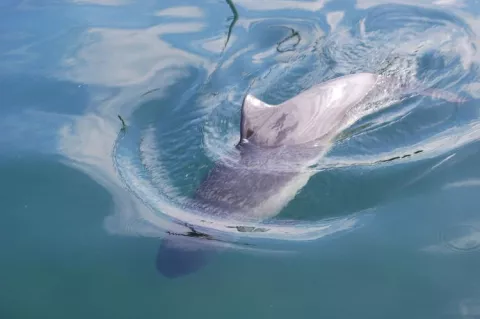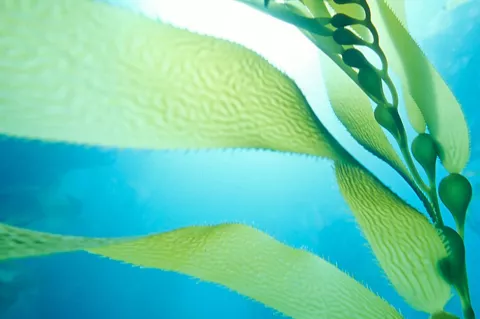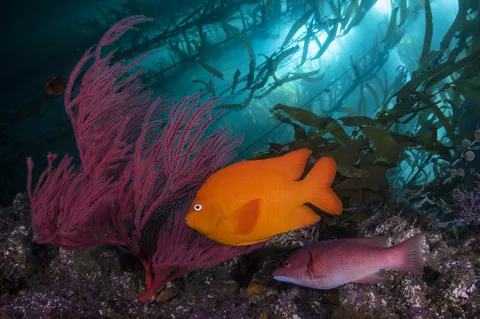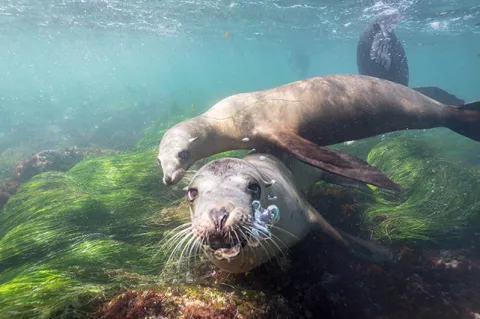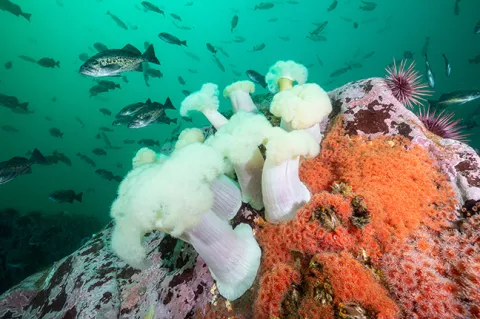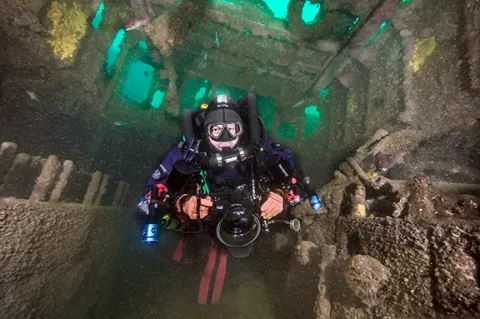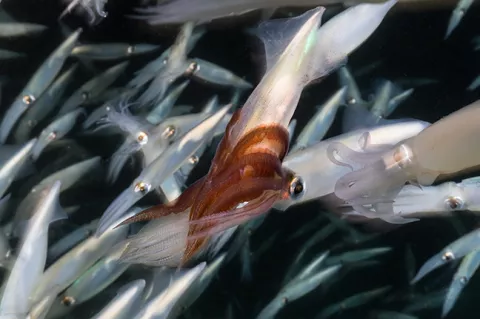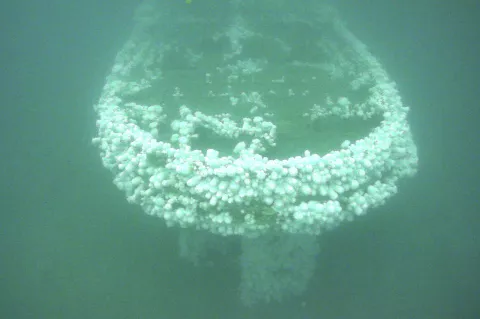Increases in California harbor porpoise population due to gillnet ban
Before they were closed down, these fisheries would cause the deaths of many harbor porpoises, as they ended up as bycatch in the fisheries' gillnets. And based on the numbers, it is apparent that such coastal set gillnets had taken a greater toll on the harbor porpoises than we realized.
This is the finding of a paper published in the Marine Mammal Science journal.

